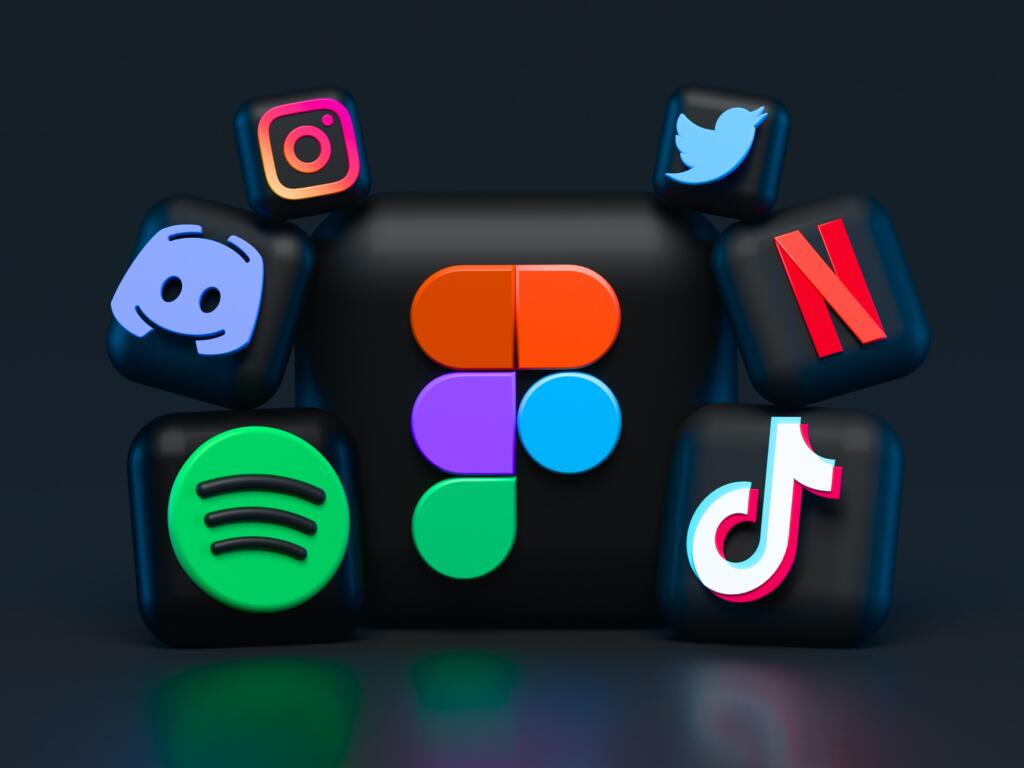
As a student, I often struggled to keep up with the demands of academic life. Between attending classes, completing assignments, and studying for exams. It is challenging to find the time to manage everything effectively. However, with the rise of Artificial Intelligence (AI), students now have access to a range of tools. These tools help students in their research or academic writing. In this article, I will introduce you to the top 10 AI tech tools that every student needs to unleash the power of AI and achieve academic success.
Introduction to AI in Education
Artificial Intelligence has become increasingly prevalent in recent years. And has found its way into various fields, including education.
AI technology in education refers to the use of computer algorithms to perform tasks that traditionally required human intelligence, such as learning, problem-solving, and decision-making.
AI technology helps automate routine tasks, provides personalized learning experiences, and improves student outcomes. Nevertheless, it is worth noting that this list of AI tools for every student is not exhaustive. Because new AI tools keep surfacing daily.
Benefits of Using AI for Academic Success
Using AI technology in education comes with several benefits for students, including:
Personalized Learning
AI technology helps personalize learning experiences for students by adapting to their individual learning styles and pace.
Time Management
AI-powered tools help you manage your time better by automating routine tasks.
Improved Writing Skills
AI writing assistants improve your writing skills. They provide real-time feedback on grammar, syntax, and style. Yes, they make it easier for you to write high-quality essays and assignments.
Enhanced Learning Experience
Tutor and study apps provide you with a more engaging and interactive learning experience. Thus, making learning more fun and effective.
Top 10 AI Tools for Every Student
These AI tools for every student give you an insight into the key writing software you need to know.
AI-powered Writing Assistants
AI-powered writing assistants help students improve their writing skills significantly. These tools use Natural Language Processing (NLP) algorithms to analyze text and provide feedback. Mostly, they focus on grammar, syntax, and style.
Some of the top AI-powered writing assistants for students include:
1. Grammarly
Grammarly is also a writing assistant that uses NLP algorithms to provide real-time feedback on grammar, spelling, and style. In addition, it offers suggestions on how to improve your writing and can detect plagiarism.
2. ProWritingAid
ProWritingAid is a writing assistant that offers comprehensive writing feedback on grammar, spelling, style, and readability. In fact, it provides suggestions on how to improve your writing and can detect overused words and clichés.
3. Hemingway Editor
Hemingway Editor is an AI-powered writing assistant that helps students improve the readability of their writing. Then, it provides feedback on sentence structure, readability, and word choice. This makes it easier for students to write high-quality essays and assignments.
Online Research Tools Using AI
AI-powered online research tools can help students find relevant information quickly and efficiently. In reality, these tools use machine learning algorithms to analyze vast amounts of data. In addition, they provide personalized recommendations based on the user’s search history.
Some of the top AI-powered online research tools for students include:
4. Google Scholar
Google Scholar is a search engine that helps students find scholarly articles, books, and other academic resources. It analyzes search queries and provides personalized recommendations based on your search history.
5. Mendeley
Finding it difficult to deal with your references? Mendeley may be of help. It is a reference manager that helps you organize your research and collaborate with others. Basically, it recommends relevant research papers and suggests new connections based on your research interests.
6. RefME
RefME is another AI-powered reference manager. Ordinarily, it helps students create citations and bibliographies quickly and accurately. Fundamentally, it uses machine learning algorithms to analyze source material and generate citations in various citation styles.
Related topics:
Make Online Learning Fun: A Guide for Students
Excelling Academically: 10 Essential Tips for University Students
Effective Ways to Maximize Online Learning: A Guide
AI-based Plagiarism Checkers
AI-powered plagiarism checkers help students avoid accidental plagiarism and ensure the originality of their work. Again, these tools compare the user’s text with vast databases of academic papers and other online sources.
Some of the top AI-powered plagiarism checkers for students include:
7. Turnitin
Turnitin is a plagiarism checker that helps students avoid accidental plagiarism and ensures the originality of their work.
8. Copyscape
Copyscape is another AI-powered plagiarism checker. It helps students detect duplicate content in their academic work. Basically, it compares your text with vast databases of online content.
AI-driven Language Translation Software
AI-driven language translation software helps you to communicate more effectively with people from different cultures and backgrounds. Some of these include:
9. Google Translate
Google Translate is an AI-driven language translation software that helps translate text and speech in real-time. Additionally, it analyzes text and provides accurate translations in over 100 languages.
Time Management Tools Using AI
AI-powered time management tools help students manage their time better. With these tools, you can automate your routine tasks and provide personalized reminders and to-do lists.
Some of the top AI-powered time management tools for students include:
10. My Study Life
My Study Life is an AI-powered time management tool that helps students manage their schedules, assignments, and exams. Likewise, it uses machine learning algorithms to provide personalized reminders and to-do lists based on your study habits.
AI-based Tutor and Study Apps
AI-based tutor and study Apps provide students with a more engaging and interactive learning experience. Mostly, they use machine learning algorithms to adapt to the user’s individual learning style and pace.
Some of the top AI-based tutor and study Apps include:
11. Duolingo
Interested in learning new languages? Duolingo is an AI-based language-learning App. Not only does it help students learn a new language, but it also makes learning fun and interactive. Like many AI platforms, it uses machine learning algorithms.
12. Quizlet
Quizlet is an AI-based study App that helps students learn and memorize information more efficiently.
AI-powered Study Group Platforms
AI-powered study group platforms help students collaborate more effectively with their peers and share knowledge and resources. Fundamentally, these platforms use machine learning algorithms to match students with similar study interests and goals.
Some of the AI-powered study group platforms for students include:
13. StudyBlue
StudyBlue is an AI-powered study group platform that helps students collaborate with their peers and share knowledge and resources.
14. Piazza
Piazza is another AI-powered study group platform that helps students collaborate with their peers and share knowledge and resources.
Arguably, the rise of AI technology has opened up new possibilities for students to achieve academic success. So, why not give them a try and see how they can help you succeed academically?











